13 Antique Instruments That Should Be on Every Collector’s Radar
Antique musical instruments carry a rich history and charm that modern instruments simply cannot replicate. For music lovers and collectors, finding these rare pieces can be an exciting journey. These instruments are not only beautiful to look at, but they also carry stories of the past. Whether you are an enthusiast or just starting to explore the world of vintage instruments, there is something captivating about owning a piece of music history. Let us guide you through some of the most treasured and valuable instruments you should look out for.
This post may contain affiliate links, which helps keep this content free. Please read our disclosure for more info.
Stradivarius Violin (1700s)
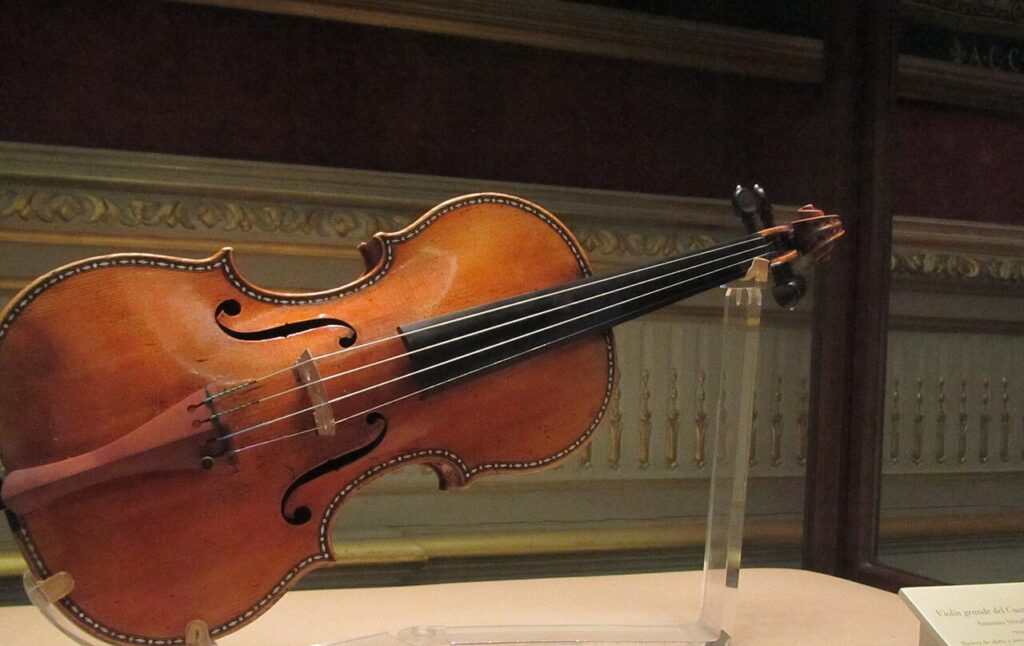
Created by Antonio Stradivari in the 1700s, Stradivarius violins are some of the most coveted instruments in the world. Known for their unparalleled sound, these violins feature fine craftsmanship and rich tonal qualities. The best feature of a Stradivarius is its ability to produce a unique and warm sound that many believe modern violins cannot replicate. Depending on the condition, the market value of a Stradivarius violin can range from $1 million to $20 million.
The violins were hand-crafted with wood from trees that were selected for their acoustic qualities. They were played by renowned musicians and are often seen as the epitome of violin-making. With their rare nature and high demand, Stradivarius violins continue to be among the most expensive and sought-after musical instruments.
Bechstein Grand Piano (1800s)
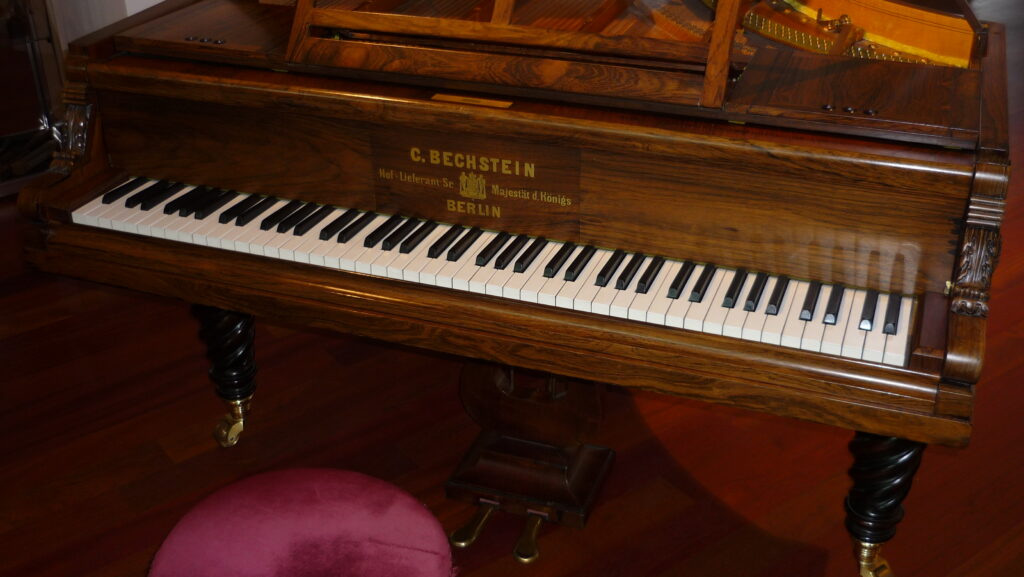
The Bechstein grand piano, created in the 1800s by Carl Bechstein, is known for its exceptional sound and craftsmanship. It features a powerful, resonant tone, making it popular among concert pianists. The best feature of a Bechstein piano is its ability to produce a rich, balanced sound across all registers. Antique Bechstein grand pianos can range in value from $10,000 to $150,000, depending on their age and condition.
Bechstein pianos were used by famous musicians, including Liszt and Brahms, and are celebrated for their clarity and volume. The company’s focus on quality materials and precision in crafting their instruments has helped maintain their reputation. Collectors and musicians alike highly prize these pianos for their lasting beauty and incredible sound.
Martin D-28 Acoustic Guitar (1930s)
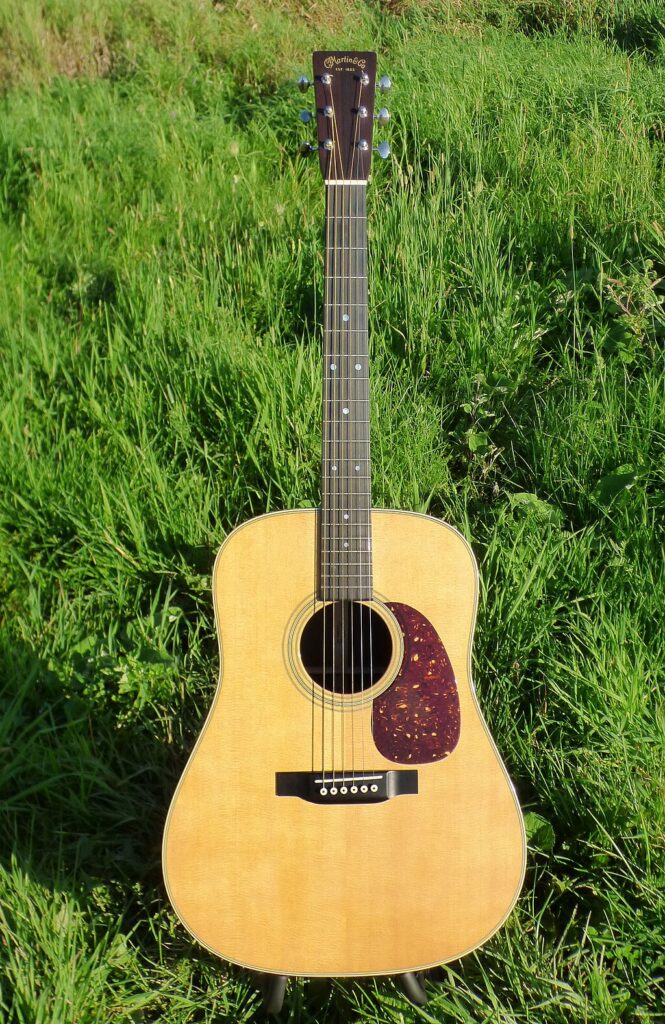
The Martin D-28, introduced in 1931, is one of the most iconic acoustic guitars ever made. It is known for its bright, rich sound with strong bass and clear treble, making it ideal for a variety of music genres. The best feature of the D-28 is its excellent tone quality, which has earned it a spot among musicians like Johnny Cash and Bob Dylan. Vintage Martin D-28 guitars can be valued between $5,000 and $15,000, depending on condition.
The D-28’s solid wood construction and craftsmanship contribute to its powerful sound. It has remained a favorite for collectors and musicians alike due to its classic design and reliable performance. With its reputation for excellence and historical importance, the D-28 is considered one of the finest acoustic guitars in the world.
Gibson Les Paul Electric Guitar (1950s)
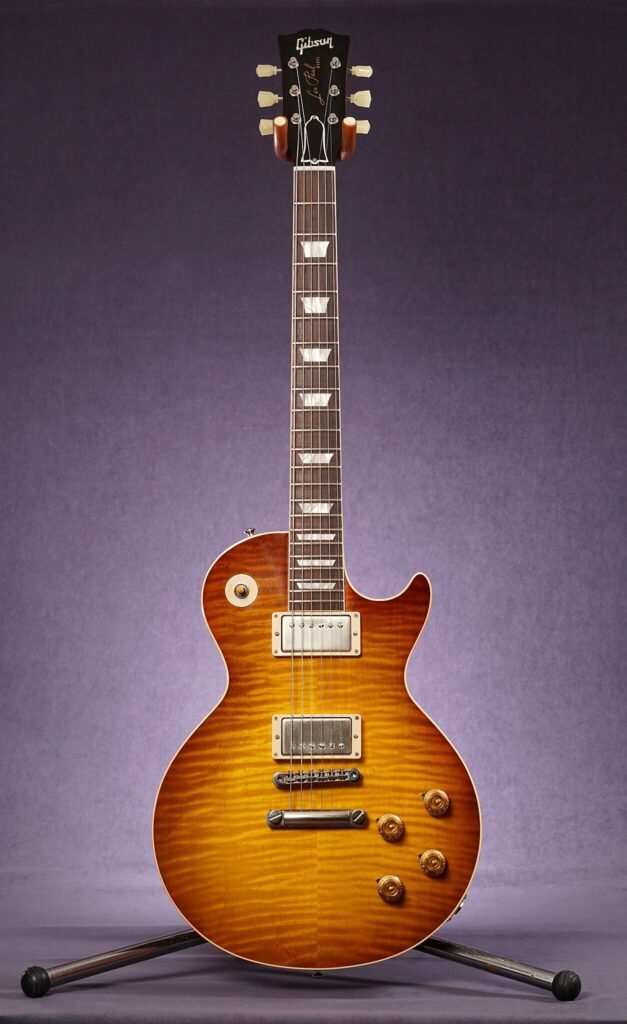
Introduced in 1952, the Gibson Les Paul electric guitar is one of the most famous electric guitars in rock music. It is known for its thick, sustaining tone, making it a top choice for rock musicians. The best feature of the Les Paul is its ability to handle heavy distortion while maintaining clarity and warmth. Vintage 1950s Gibson Les Pauls can be valued between $25,000 and $500,000, depending on condition and originality.
The Les Paul was designed by guitar legend Les Paul and has shaped the sound of rock and roll. Its iconic design includes a solid mahogany body and humbucker pickups, contributing to its distinct sound. Collectors highly seek early models, particularly those from the 1950s, which are considered some of the most valuable and desirable guitars.
Fender Stratocaster Electric Guitar (1950s)
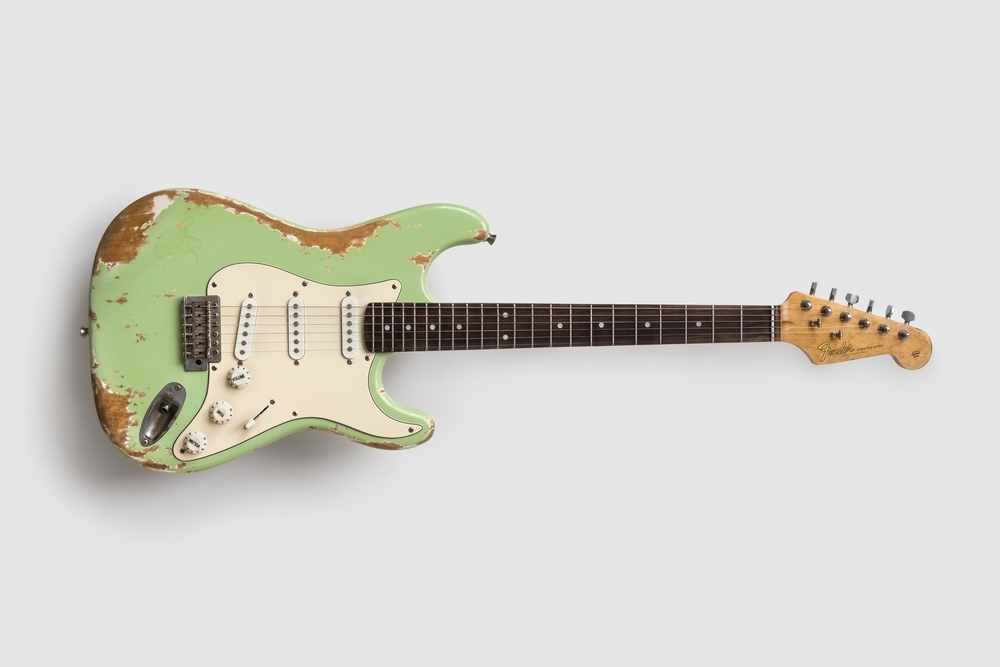
The Fender Stratocaster, introduced in 1954, has become one of the most recognizable electric guitars ever made. It features a contoured body, making it comfortable to play, and is known for its bright, clear tone. The best feature of the Stratocaster is its versatility, as it can produce a wide range of tones, from clean to distorted. Vintage 1950s Fender Stratocasters can be valued between $20,000 and $100,000, depending on the condition and model.
The Stratocaster’s unique sound comes from its single-coil pickups, which offer a sharp, clean tone. Its popularity among legendary guitarists such as Jimi Hendrix and Eric Clapton has cemented its place in music history. These vintage instruments continue to be highly prized by collectors and musicians for their timeless sound and design.
Clavichord (1600s-1700s)
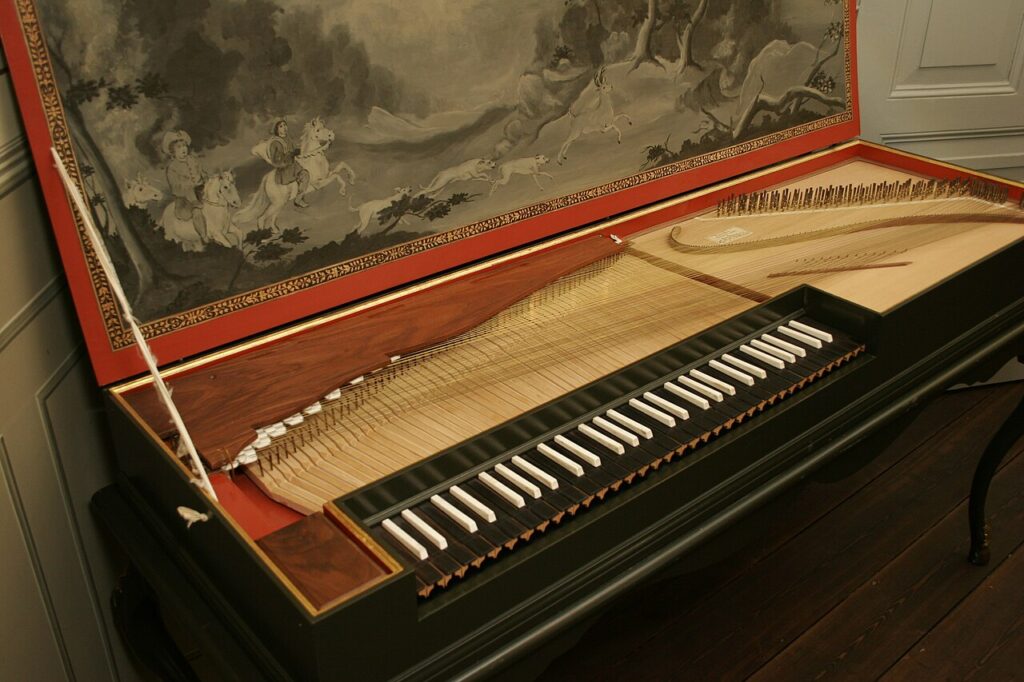
The clavichord, popular in the 1600s and 1700s, is an early keyboard instrument known for its delicate and expressive sound. It is a small, intimate instrument that was often used for private performances. The best feature of the clavichord is its dynamic control, allowing musicians to produce a wide range of tonal nuances. Antique clavichords can be valued between $5,000 and $20,000, depending on age and craftsmanship.
Made from wood and featuring a small keyboard, the clavichord was favored by composers like Bach and Mozart. It has a soft, quiet sound compared to modern pianos, making it suitable for private performances. Its historical significance and unique sound make it a treasured item for collectors of early musical instruments.
Viola da Gamba (1500s-1700s)
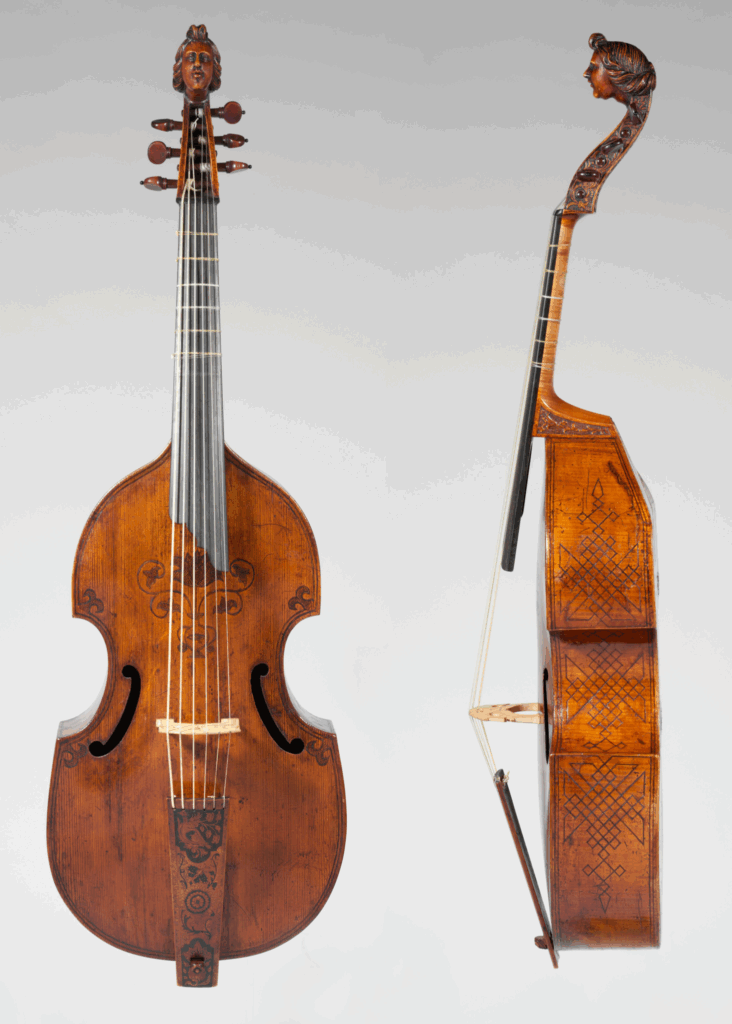
The viola da gamba, a stringed instrument played with a bow, was widely used from the 1500s to the 1700s. It is similar to the modern cello but has a softer, more intimate sound. The best feature of the viola da gamba is its rich, resonant tone, which adds a unique color to Baroque and Classical music. Antique violas da gamba can range in value from $3,000 to $20,000, depending on craftsmanship and condition.
This instrument was often played in courts and aristocratic circles, contributing to its popularity during the Renaissance and Baroque periods. Its fretted fingerboard sets it apart from the modern cello, allowing for a different playing technique. Collectors value these instruments for their historical importance and the rich, expressive sounds they produce.
Harpsichord (1600s-1800s)
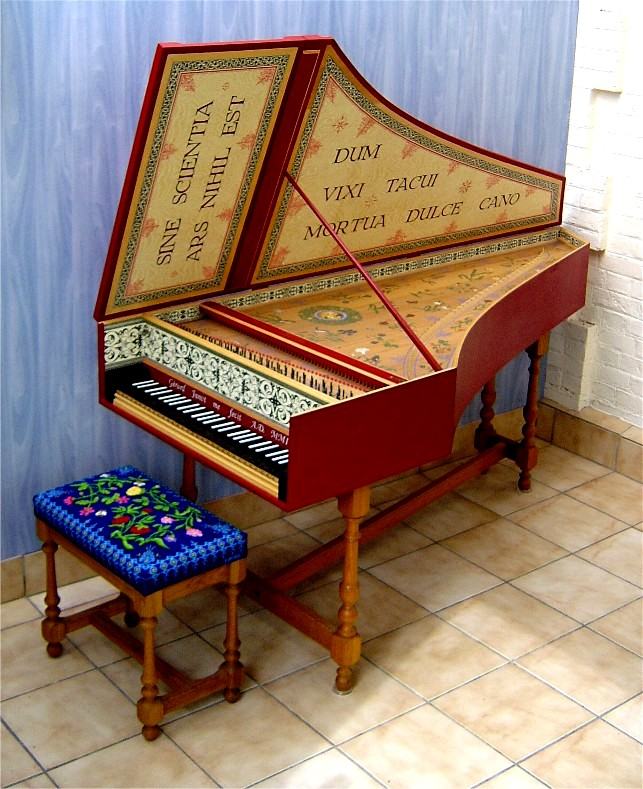
The harpsichord is a keyboard instrument that was popular from the 1600s to the 1800s, known for its bright, plucked sound. Unlike the piano, the harpsichord produces sound by plucking the strings when the keys are pressed. The best feature of the harpsichord is its vibrant, resonant tone, which makes it ideal for Baroque music. Antique harpsichords can be valued from $5,000 to $50,000, depending on the maker and condition.
Crafted from high-quality wood, harpsichords were used extensively during the Baroque period by composers like Bach and Handel. These instruments were often ornately decorated and constructed with intricate attention to detail. Today, antique harpsichords are sought after by collectors and musicians interested in historically informed performances of early music.
Antique Oboe (1700s-1800s)
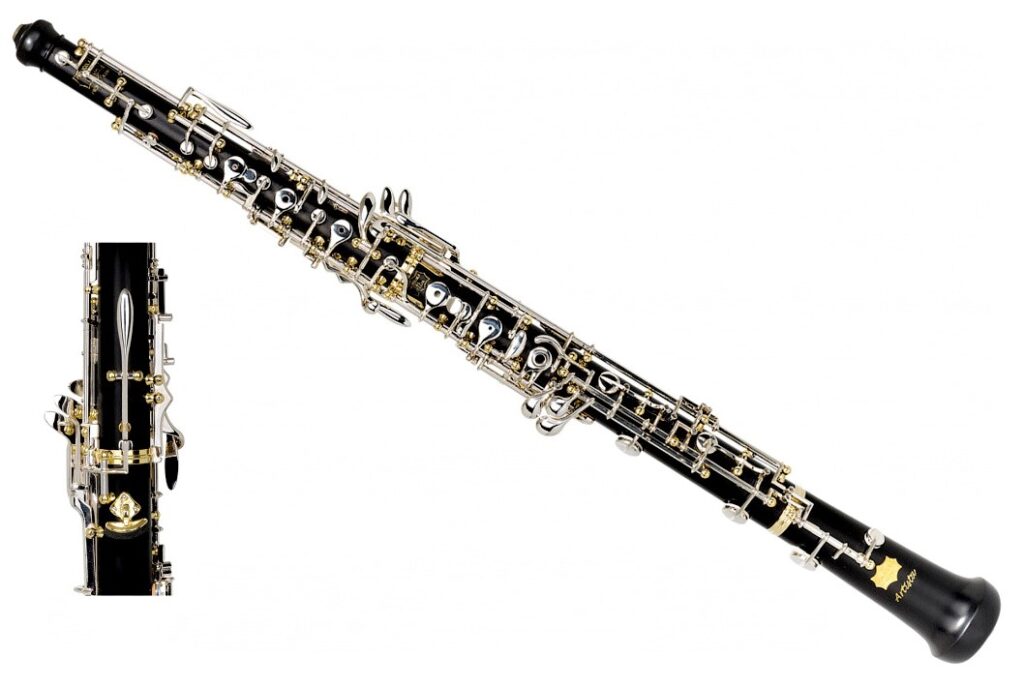
The oboe, a woodwind instrument with a piercing, distinct tone, has been used in orchestras for centuries. Early oboes were created in the 1700s and 1800s, made from wood with brass or silver keys. The best feature of an antique oboe is its bright, penetrating sound, which adds clarity to orchestral performances. Antique oboes can be valued between $1,000 and $5,000, depending on their maker and condition.
These oboes were handcrafted by renowned makers like Giovanni Taffanel and Frédéric Leblanc, known for their high-quality materials and craftsmanship. The instrument’s role in orchestral music, particularly during the Baroque and Classical periods, makes it a key part of music history. Collecting an antique oboe offers musicians and collectors a unique sound and connection to the past.
Antique French Horn (1800s)
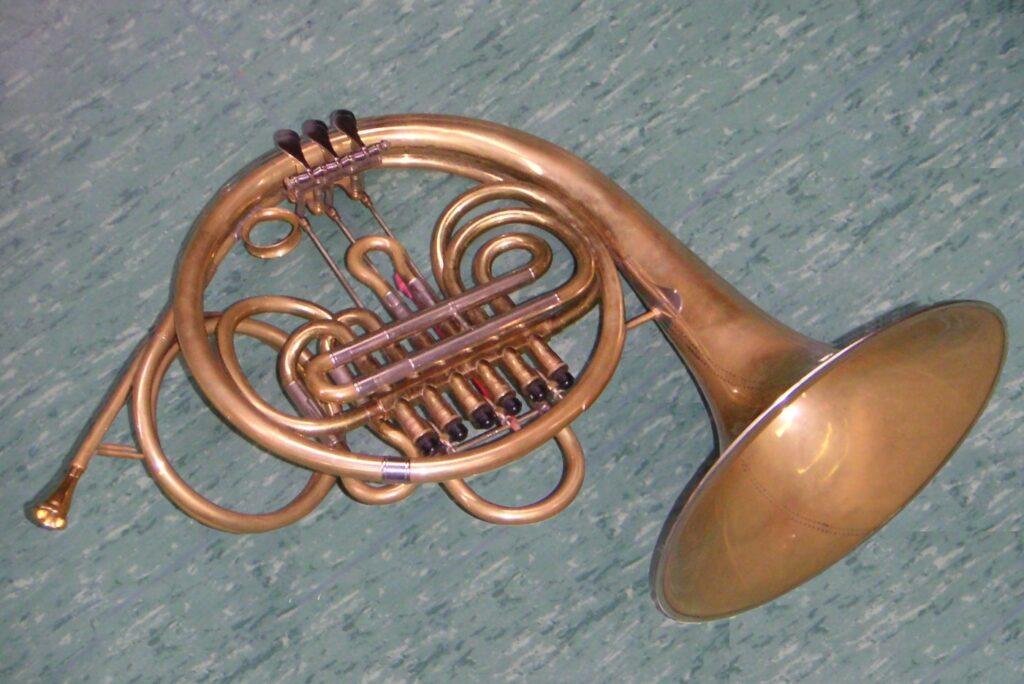
The French horn, developed in its modern form in the 18th century, has a rich, full sound that has become integral to orchestral music. Early versions from the 1800s are often crafted with brass or silver, showcasing intricate craftsmanship. The best feature of an antique French horn is its deep, resonant tone and its ability to produce both powerful and subtle notes. These instruments can be valued between $3,000 and $15,000, depending on the maker and age.
Antique French horns were made by renowned craftsmen such as François Périnet, and they often feature beautiful handcrafting and artistic detail. Their rich sound has made them essential in symphonic and solo performances, especially in classical music. Collectors often seek these instruments for both their historical value and superior tonal qualities. Owning an antique French horn is a significant acquisition for any brass instrument enthusiast.
Antique Trombone (1700s-1800s)
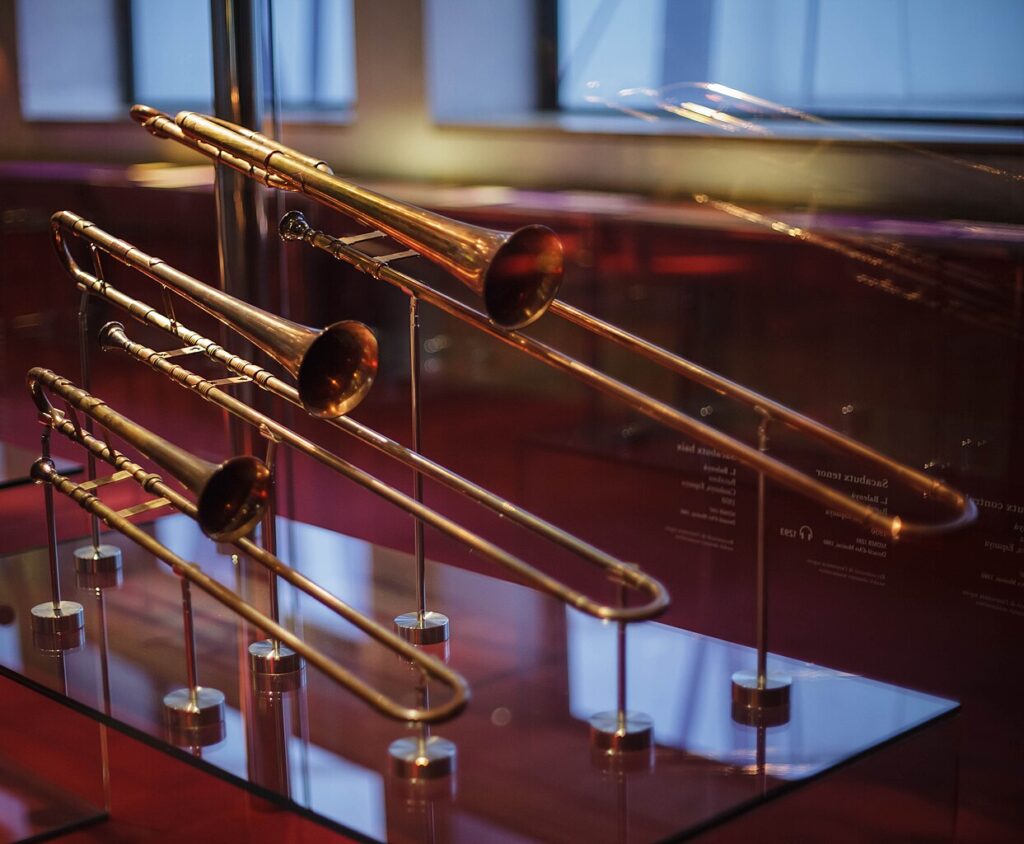
The trombone, a brass instrument, has been an essential part of both orchestras and brass bands for centuries. Early versions from the 1700s and 1800s featured simpler designs and were made with solid brass or other metals. The best feature of an antique trombone is its powerful, resonant sound, which commands attention in any musical ensemble. Vintage trombones can be valued between $1,500 and $10,000, depending on the maker and condition.
Antique trombones were crafted by renowned instrument makers such as Gottfried Schenck, known for their quality and craftsmanship. The instrument’s role in military bands and orchestras during the 18th and 19th centuries makes it a significant historical piece. Collecting an antique trombone provides a connection to the music of the past and is a valuable addition to any brass instrument collection. These instruments are prized for their rich tone and historical importance.
This article originally appeared on Avocadu.
